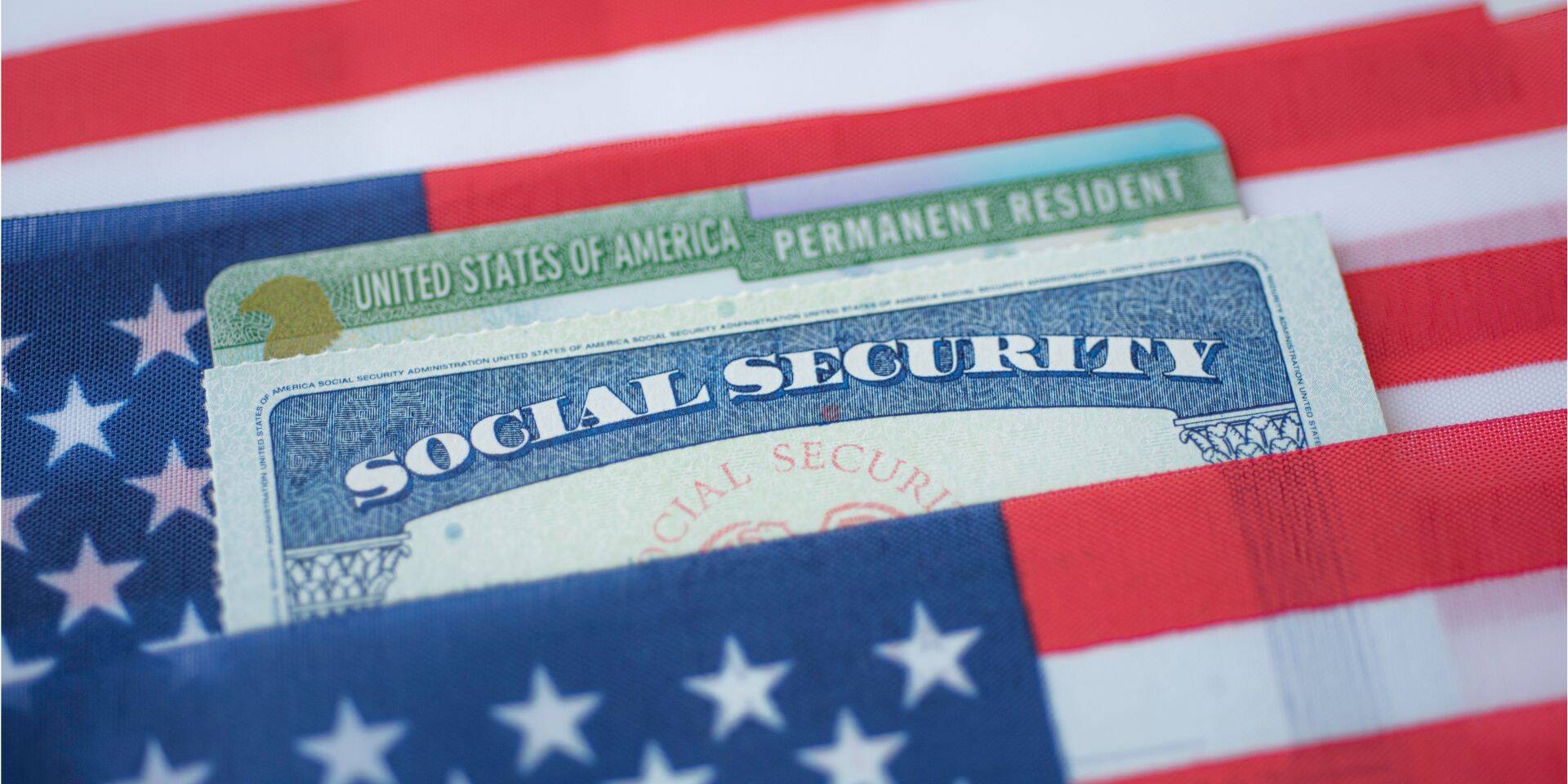Starting January 25, 2023, USCIS will resume concurrent processing for H-1B and L-1 dependent applications. This change comes as a result of the recent settlement reached in Edakunni v. Mayorkas. This class action lawsuit sought to bring back the concurrent processing adjudication of H-1B, H-4, H-4 EAD, and L-2 applications previously utilized by USCIS. Concurrent processing is more efficient for adjudicators and eliminates work authorization delays for dependent spouses. These delays, which have been extraordinarily lengthy in recent years, often result in job loss for dependent spouses. As such, the return to concurrent processing is a major win for employment-based immigration.
As a result of the settlement, USCIS will begin processing properly filed H-4 and H-4 EAD applications at the same time as the principal H-1B petition when these applications are filed together. This means that when the H-1B is approved, the H-4 and H-4 EAD will be as well. The H-1B, H-4, and H-4 EAD must be filed together as a “bundle” in order for concurrent processing to apply. If the H-1B is filed in premium processing or is later upgraded to premium processing, the H-4 and H-4 EAD will also be adjudicated within the 15-day period. This is great news for H-1B dependent spouses.
USCIS will also use concurrent processing for L-2 applications filed with the principal L-1 petition. L-2 spouses do not need to file a separate EAD application, as L-2 spouses enjoy automatic work authorization incident to their status.
If you have questions about the new requirement for H-1B or L-1 derivative applications or the impact of premium processing on adjudication, please reach out to an experienced attorney at ILBSG today. We are here to help.
Related Posts
April 17, 2025
Expanded DHS and FBI Involvement Driving More Green Card Holder Removals
The expansion of DHS, USCIS, and FBI…
April 17, 2025
F-1 Students Anticipate Visa Cancellations and Removals
F-1 visa cancellations have raised…
April 17, 2025
H-1B Holders Face Layoffs Along with Possibility of Removal
H-1B holders are facing mounting…



